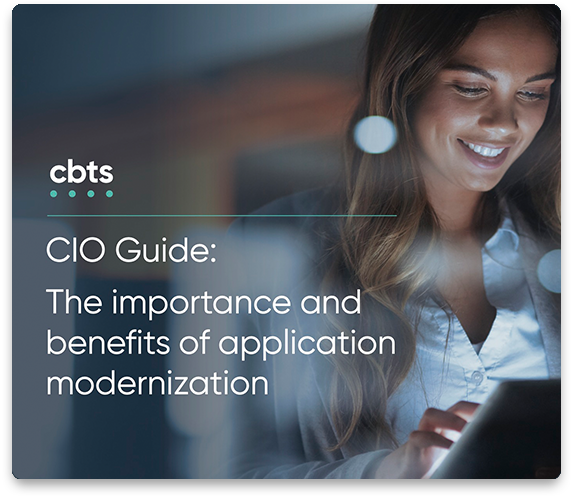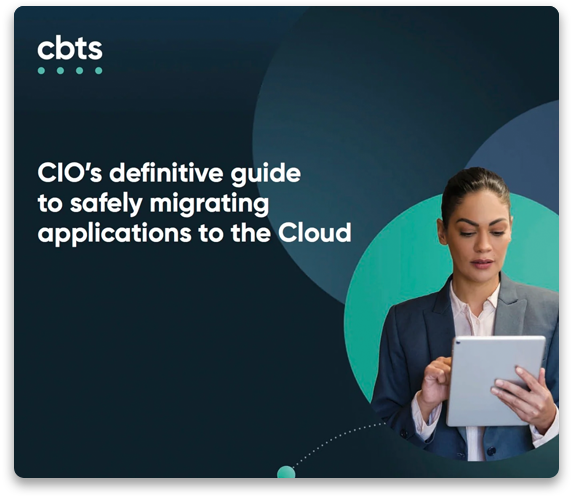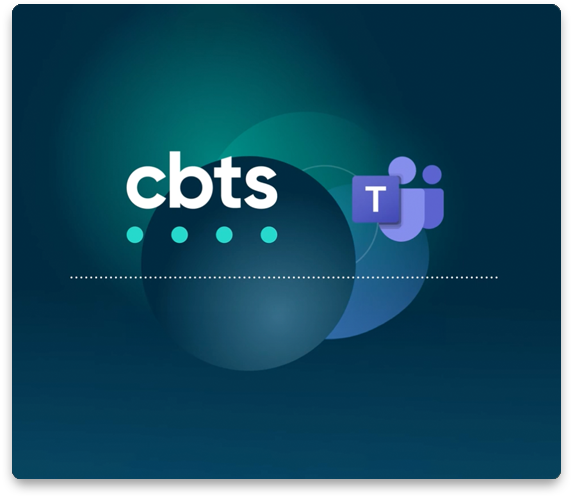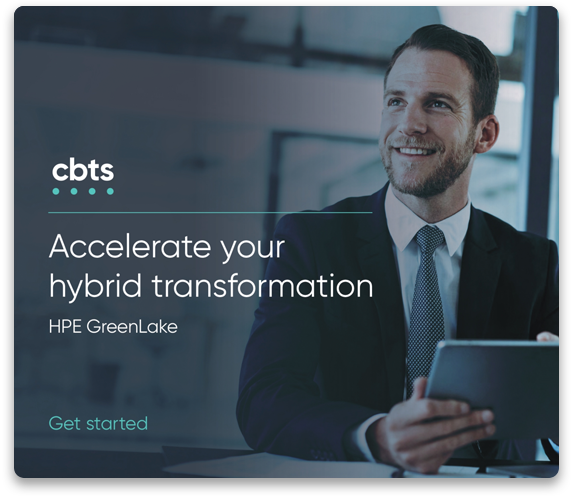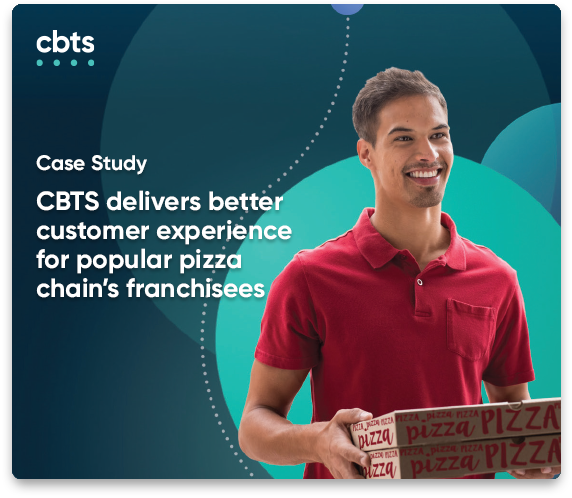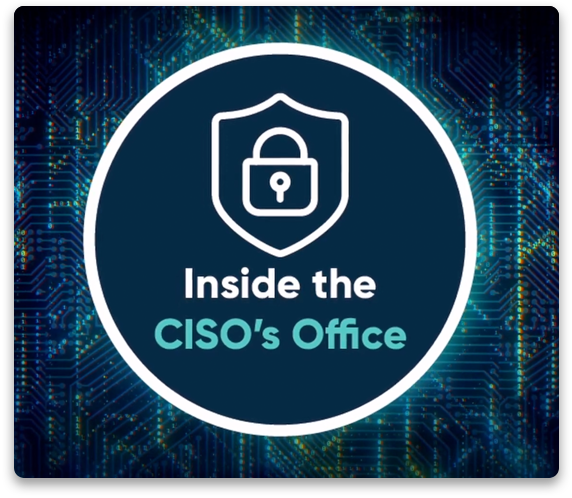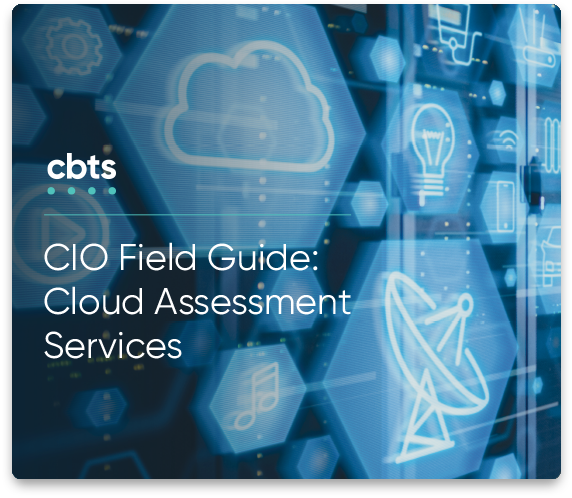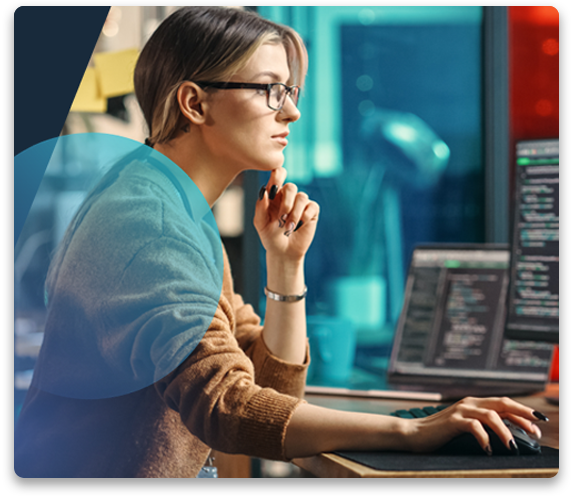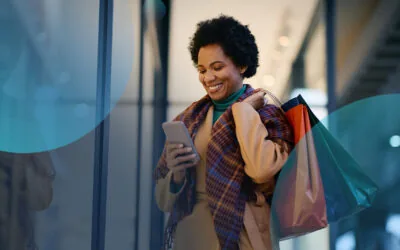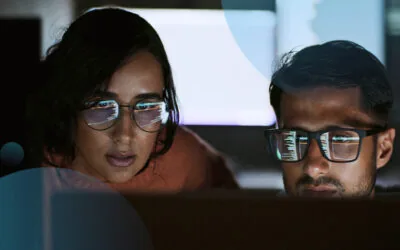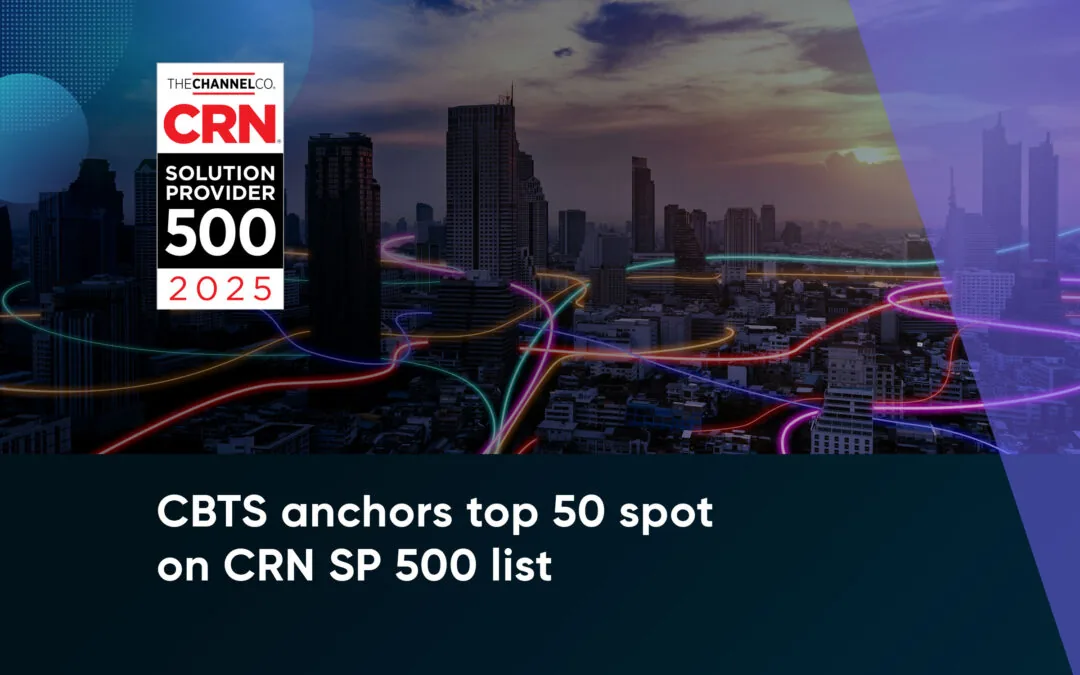
The evolution of modern cloud computing is fast-moving. In the last decade alone, the Cloud has grown from a mere extension of data center infrastructure to a unique means of supporting next-generation, cloud native applications and services. There are many ways a company can leverage this transformational evolution to reach its full potential, but first, its legacy IT infrastructure must undergo a modernization journey.
Cloud computing is no longer simply a tool, but a full-blown business driver that propels measurable outcomes. Enterprises turn to the Cloud for a wide range of infrastructure services that support critical applications, which include everything from e-commerce, social media, and healthcare to emerging Internet of Things (IoT) services such as predictive analytics and machine learning.
Modernization of IT infrastructure is now a core concern for enterprise organizations in all verticals. This blog will review the current factors driving infrastructure modernization, as well as the transformational benefits of modernization.
Drivers of IT infrastructure modernization
Why cloud computing differs from traditional legacy data centers
Most cloud providers employ highly sophisticated load balancing and resource provisioning software that scales on demand and is elastic in nature. This approach to computing can create conflicts for applications designed for the more fixed relationships found in legacy infrastructure. Additionally, organizations can realize dramatic efficiencies by refactoring legacy applications to be cloud native, which automates much of the day-to-day management.
IT infrastructure modernization on the virtual layer
Container-based solutions are fundamentally changing the relationship between hardware and software to provide new levels of portability and application integration. As a result, companies are exploring new approaches to software development, such as microservices, which are tiny slices of code that can be mixed and matched using open APIs to produce entirely new services on the fly. Microservices are starting to invigorate data environments across the board, from traditional manufacturing and commercial settings to advanced scientific research.
Constantly evolving application development and deployment
There is no one way to approach the interdependencies of enterprise applications. All apps are deployed and managed differently—not to mention the varied roles they play in our lives. The ever-evolving nature of the Cloud deepens that complexity. Enterprises must turn to application modernization to support newer methods of continuous integration and continuous development (CI/CD) found in emerging DevOps models.
Also read: The methods and motivations behind cloud application modernization efforts
Integration drives business development
Modern businesses must roll out new services and features at a steady pace to prevent drawn-out development cycles that may lead to disrupted services, poor performance, and unhappy users. In today’s digital economy, it is not about the big beating the small, it is about the fast beating the slow. We’ve already seen how a simple mobile app can upend long-standing industries like transportation and hospitality. The need for constant innovation will only increase as connectivity expands to everyday items under IoT.
In this fast-paced environment, those who can push new services to consumers quickly and free of complications will surpass their competitors. But, to fully enjoy the benefits of infrastructure modernization, organizations must transition into efficient data environments.
The transition to efficient data ecosystems
DevOps can be kicked into high gear with a container’s ability to move services and microservices from one computing environment to another without any re-coding. Previously, this was not possible in even the most advanced non-containerized virtual environment. Meanwhile, continuous delivery methodologies are enhanced by cloud-native application development that leverages capabilities like IT orchestration and automated scripting. Thus, IT infrastructure modernization became mission-critical to the enterprise.
The benefits of infrastructure modernization
Forward-leaning organizations that take the plunge into application modernization will find an improvement in the amount of time developers spend enhancing business value. That benefit is part and parcel of prioritizing application function within the business and for customers, users, and clients. This translates into:
- Greater flexibility for resource spending.
- Significantly lower development and operational costs.
- The ability to tap into new revenue streams and new market opportunities.
Organizations that lag with infrastructure modernization will struggle as competitors may already be ahead of the curve. With 5G connectivity poised to push IoT functionality to an entirely new level in the next decade, enterprises are under pressure to transition to cloud-native IT sooner rather than later.
A holistic model for IT infrastructure modernization
IT teams often struggle to know where to start with infrastructure modernization. In response, CBTS has developed a holistic framework that simplifies the process. The APO method systematically examines and prioritizes the Applications, Platforms, and Operations of a business, implementing best practices at each stage.
Applications: Dedicated engineers and architects help prioritize which legacy apps should be modernized and moved to the Cloud or stay on premises. Then, we guide our clients through modernizing—re-writing, re-architecting, and re-platforming applications into cloud-native modern apps.
Platforms: Once applications are identified as ideal to move to the Cloud, CBTS engineers help customers choose, manage, secure, and modernize system-critical platforms across all IT infrastructure environments—e.g., compute, network, and storage. This phase also involves the deployment of security products company wide.
Operations: Utilizing modernized applications in the day-to-day business processes takes a strategic approach. With minimal or no downtime, CBTS guides our clients through networking, collaboration, and optimizing all IT systems with 24×7 monitoring and management.
Also read: CBTS commitment to outstanding IT service delivery drives success
Start your modernization journey with CBTS
The right partner for your company will help you achieve the benefits of infrastructure modernization and achieve its most powerful results. CBTS is poised to help implement IT infrastructure modernization changes quickly, effectively, and without disrupting existing services. Over the years, we have fine-tuned our powerful APO approach to impactful partnerships to guide you through the IT infrastructure modernization process with minimal friction.
Our experts have the certifications and experience implementing next-generation, cloud-native applications for organizations of all sizes and industries. Through the CBTS infrastructure delivery model, you can improve your time to market, eliminate downtime, and leverage automation to ease your management burdens.
Learn more: Download our info sheet to learn how CBTS can help your organization embrace a digital transformation
Contact us today to begin your application modernization journey.

